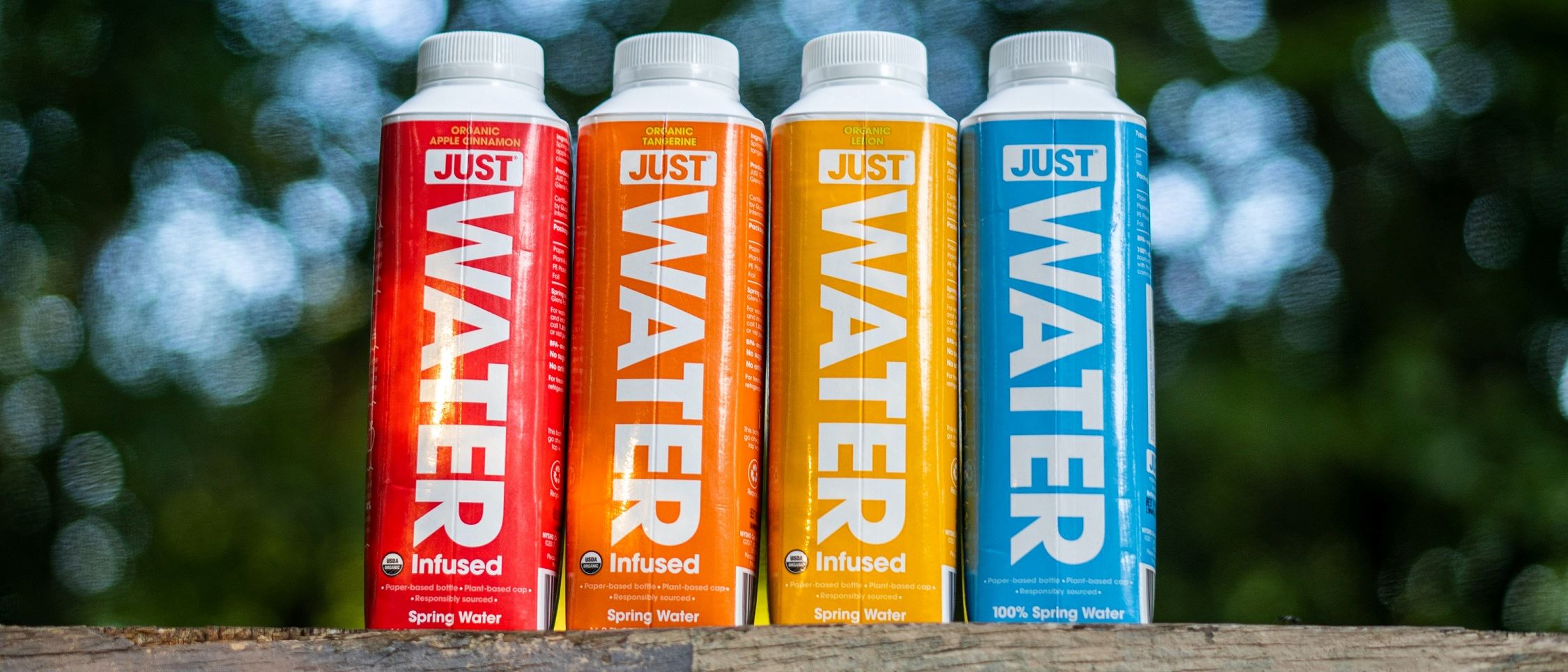In itself, sustainability is the greatest challenge of our age. Our reliance on fossil fuels and single-use plastics has had a negative impact, and now is the time to take stark action. People have responded by applying pressure on governments and industry, and we’re now starting to see unprecedented changes.
When it comes to packaging, the opportunities are clear. Sustainable packaging – if it’s high-quality and supported by the right infrastructure – will significantly reduce the negative impact of consumer products on the environment. This is the primary aim of using reusable, recyclable, or biodegradable materials. At the same time, there are huge challenges involved in making this switch.
What are the Challenges of Switching to Sustainable Packaging?
All industry stakeholders, us included, must acknowledge the challenges of sustainable packaging in order to meet them head-on – and in order to overcome them. These challenges may complicate the move towards eco-friendly packaging, but they won’t stop the collective sustainability mission.
Challenge 1: Meeting Consumer Expectations & Current Standards
Customers can be fickle, and brands understandably don’t want to give them any reason to try a rival’s product instead. While demand is shifting towards sustainability, consumers still expect an equally good experience as what they’ve had in the past – and this represents a big challenge.
For example, at Tembo Paper, we’ve been working with a major drinks manufacturer who have a recognisable and unique packaging design. This brand wanted to switch from plastic to eco-friendly paper straws, in line with the EU single-use plastics directive. However, research showed that their customers needed a 98% perforation rate (i.e. the straw perforating the drink pouch) to be satisfied.
So, rather than simply switching to paper straws, this brand collaborated with Tembo Paper to develop a paper straw that was thin, sharp, and strong enough to do the job. This is a big achievement, and shows that, for many stakeholders, it’s not just a case of switching their packaging materials overnight.
Challenge 2: Optimising Material Performance to Protect Goods
Sustainable materials need to perform equally well to non-sustainable alternatives when used for packaging. This goes beyond meeting consumer expectations, to the issue of food waste and/or product damage. The role of packaging is to protect the goods inside it, and there can’t be compromises here.
We recently spoke with Nina Goodrich, Executive Director at GreenBlue and the Sustainable Packaging Coalition. She emphasised the importance of packaging optimisation:
“When you’re transitioning between material categories,” she explained, “one of the things you want to make sure you don’t do is increase food waste. The carbon footprint of the packaging is almost always very small compared to the product. Food waste is a huge contributor to greenhouse gases, so it’s really important to ensure that we don’t damage the product or shorten the shelf-life.”
Challenge 3: The Costs of Sustainable Packaging
Right now, the cost of using sustainable packaging is understandably higher than conventional packaging. This is due to the materials involved and the sourcing of them (both virgin and used materials) – but also due to the less-established supply chains, manufacturing processes, and lower economies of scale.
The biggest question is – who pays for this extra cost? Research by Accenture shows that more than half of consumers are willing to pay more for sustainable products designed to be reused or recycled, but while this is encouraging, it is still concerning – especially for fast-moving consumer goods (FMCG) brands who operate on small margins. In this case, overall price increases become a huge obstacle.
According to a 2020 report by McKinsey, much of the sustainability efforts by packaging companies are going into making their products lighter (i.e. lightweighting) – using less packaging materials, and thereby reducing overall waste and environmental impact for their brand clients. While this is useful, the report argues that we need much more in packaging innovation, but the economics need to work:
“Successful sustainability innovations will need to be at a neutral or affordable cost trade-off to gain scale. Equally, many application innovations seem to be difficult to scale up beyond the smaller initiatives currently in place; this is partly due to the fact they are often at an early stage in the research process and use costly materials.”
Challenge 4: The Product (and Packaging) Lifecycle is Crucially Important
As Nina Goodrich said in our interview for the Tembo Paper blog, carbon in the environment should be our North Star. This means that if manufacturing and launching sustainable packaging releases more carbon into the atmosphere than conventional materials, it’s not contributing to our eco-friendly goals.
And it’s also important to remember that packaging is inherently linked to the product that it protects. With this in mind, the whole lifecycle of the product needs to be taken into consideration when pushing for sustainability. As Kevin Keating, president of packaging design firm, PKG, says in his blog post:
“Sustainability is about more than just how a product is packaged. In fact, packaging is only a single component of a product’s overall environmental impact. Packaging usually accounts for less than 10 percent of a product’s total carbon footprint. The majority of a product’s carbon footprint is accounted for by the production of the raw materials that go into the product.”
For the packaging and the product, we also need the right infrastructure in place to manage the full lifecycle until the end of its life. And this is where the next challenge appears...
Challenge 5: Infrastructure Development for Public Authorities
Waste management is done differently in different countries – but also between municipalities within the same country. This results in inconsistencies, due to the varying infrastructure and processes used in handling packaging waste. Yet, infrastructure is perhaps the most important thing to get right.
If we’re going to see the value in switching to reusable, recyclable, or biodegradable packaging solutions, these materials need to be managed effectively through their lifecycle and beyond. Without the support of collection, processing, and conversion infrastructure, the circular economy is impossible to build.
In an interview with Packaging Insights about recyclable packaging, David Clark, Vice President Sustainability at Amcor says:
“So, which should come first – developing packaging to be recyclable, or developing the system to collect and recycling more packaging? We can’t wait for one before starting on the other. We need to innovate both the ‘chicken’ and the ‘egg’ so we get both at the same time. And the good news is we know what needs to be done,”
Overcoming the Challenges of Switching to Sustainable Packaging
The packaging industry, and the sectors that it supports, have a huge opportunity to reduce the impact of their work on the environment. However, it’s not quite as simple as switching to sustainable alternatives overnight. There are trade-offs to consider, and the full lifecycle of the product and its packaging needs to be taken into consideration when trying to make it more sustainable.
At Tembo Paper, we’re helping the food and drink industry by developing high-quality biodegradable straws in various forms – for example, telescopic and u-shaped – to give consumers a better experience than paper alternatives they’ve tried before. Our production line machines produce zero waste, and we use just 2% glue in our paper straws – while our spiralling technology keeps them strong and durable.
If you’re interested in buying our eco-friendly paper straws in bulk, or if you want to start or develop your own paper straw production line, contact Tembo Paper today.
Photo by Zach Vessels on Unsplash


